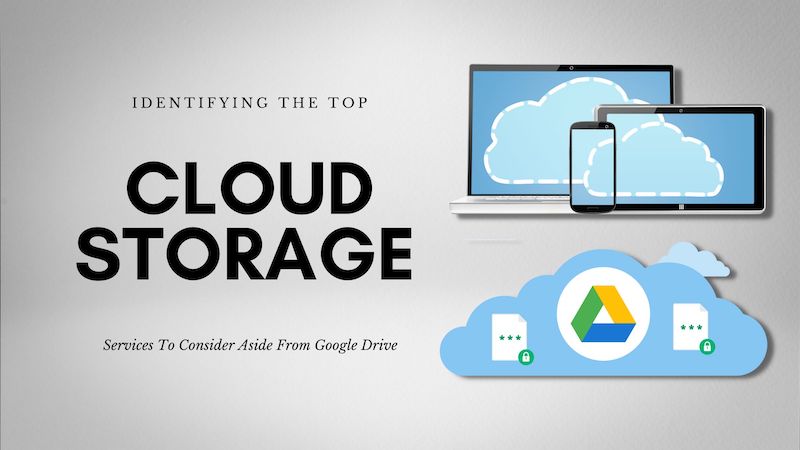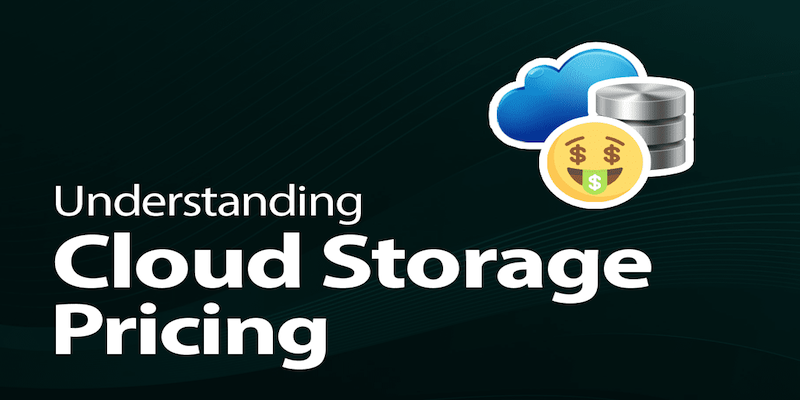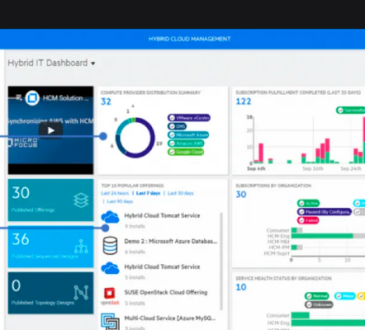
In the digital age, data is the lifeblood of businesses and individuals alike. Whether you’re a small startup or a multinational corporation, managing and storing data efficiently has become a critical aspect of operations. Cloud storage has emerged as a popular solution, offering scalability, accessibility, and cost-effectiveness. However, while the benefits are undeniable, understanding the true cost of cloud storage is essential for making informed decisions. In this article, we will explore the intricacies of cloud storage costs, factors influencing them, and strategies for optimizing expenses.
Contents
Understanding Cost of Cloud Storage

Cloud storage services typically charge customers based on several factors, including storage capacity, data transfer, and access patterns. The most common pricing models include:
- Pay-as-You-Go (PAYG): In this model, users pay for the storage and services they consume on an as-needed basis. This approach is flexible, making it suitable for businesses with varying storage requirements.
- Provisioned Storage: Some cloud providers offer fixed storage packages with a set amount of storage capacity. Users pay a predetermined amount, which can be advantageous for budget planning but may lead to overprovisioning.
- Tiered Pricing: Cloud providers often offer tiered pricing based on usage volume. As you store more data, the cost per unit of storage typically decreases. This encourages users to scale up their storage when necessary.
- Data Transfer and Egress Fees: Beyond storage costs, cloud providers may charge for data transfer and egress (data leaving the cloud). These fees can add up, especially for high-traffic applications.
Factors Influencing Cost of Cloud Storage
Several factors can significantly impact the cost of cloud storage. Understanding these factors is crucial for managing expenses effectively:
- Storage Volume: The amount of data you need to store is one of the most significant cost drivers. The more data you store, the higher your storage costs will be. It’s essential to regularly assess your storage needs and prune unnecessary data to avoid unnecessary costs.
- Data Access Patterns: Frequent access to stored data can increase costs. Cloud providers may charge more for data retrieval or for access patterns that require faster storage tiers. Optimizing data access can lead to significant savings.
- Data Redundancy and Backup: Redundancy and backup strategies are essential for data resilience, but they also contribute to costs. Utilizing efficient data storage methods, such as data deduplication and compression, can help reduce storage expenses.
- Cloud Provider Choice: Different cloud providers offer various pricing structures, and rates can vary widely. Comparing the offerings of providers like Amazon Web Services (AWS), Microsoft Azure, and Google Cloud Platform (GCP) is essential to find the best fit for your budget.
- Geographic Locations: The physical location of your data centers can influence costs due to regional pricing variations. Consider data residency requirements and strategically choose data center locations to minimize expenses.
- Data Lifecycle Management: Implementing data lifecycle policies to automatically archive or delete old and infrequently accessed data can help optimize storage costs. Cloud providers often offer tools for this purpose.
- Data Transfer and Bandwidth: Data transfer between cloud regions or to and from on-premises infrastructure can incur additional costs. Monitoring and optimizing data transfer can prevent unexpected expenses.
- Service Add-ons: Cloud providers offer various services, such as database hosting, content delivery, and machine learning. These services come with their pricing structures, so it’s crucial to factor them into your budget.
Strategies for Optimizing Cost of Cloud Storage

Now that we’ve discussed the factors influencing cloud storage costs let’s explore some strategies for optimizing those expenses:
- Regularly Review and Adjust: Periodically assess your storage needs and adjust your capacity accordingly. Deleting unnecessary data and archiving infrequently accessed files can help reduce costs.
- Leverage Data Lifecycle Policies: Implement automated data lifecycle policies to move data to lower-cost storage tiers or delete obsolete data. Cloud providers offer tools and features to assist with this.
- Utilize Object Storage: Object storage is a cost-effective way to store large volumes of unstructured data. It’s suitable for backups, archives, and media files.
- Optimize Data Access Patterns: Analyze data access patterns and select the appropriate storage tier for each type of data. Frequently accessed data should be stored in faster tiers, while less frequently accessed data can be moved to colder storage.
- Choose the Right Cloud Provider: Compare pricing, services, and performance across different cloud providers to find the one that aligns best with your budget and requirements.
- Monitor and Forecast Costs: Use cloud cost management tools to monitor your usage and forecast future expenses. This proactive approach can help you identify potential cost overruns before they happen.
- Implement Cost Controls: Set up budget alerts and spending limits to prevent unexpected expenses. Cloud providers often offer cost control features to help you stay within your budget.
- Consider Hybrid or Multi-Cloud Strategies: Depending on your needs, consider a hybrid or multi-cloud strategy to distribute workloads and take advantage of different pricing structures.

Conclusion
Cloud storage is a valuable asset in today’s data-driven world, offering scalability, accessibility, and flexibility. However, the cost of cloud storage can vary significantly depending on various factors, including storage volume, data access patterns, and cloud provider choice. To make the most of cloud storage while staying within your budget, it’s crucial to understand these factors, regularly assess your storage needs, and implement cost optimization strategies.
By carefully managing your cloud storage expenses, you can enjoy the benefits of the cloud without breaking the bank. As cloud technology continues to evolve, staying informed about pricing changes and new cost-saving features is essential for businesses and individuals looking to make the most of this transformative technology.



